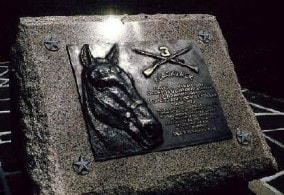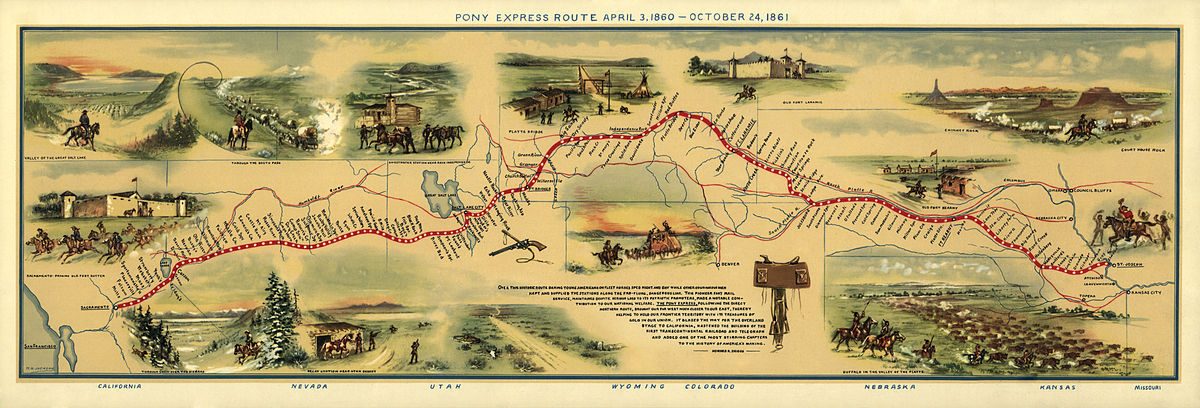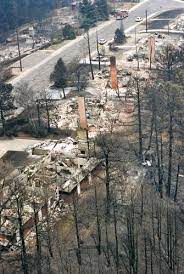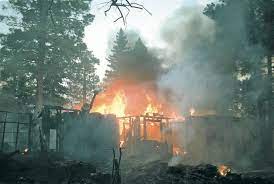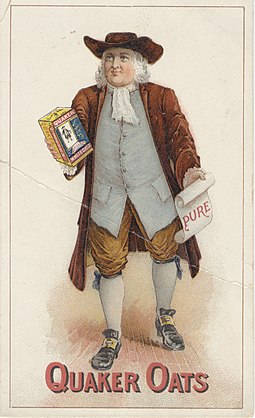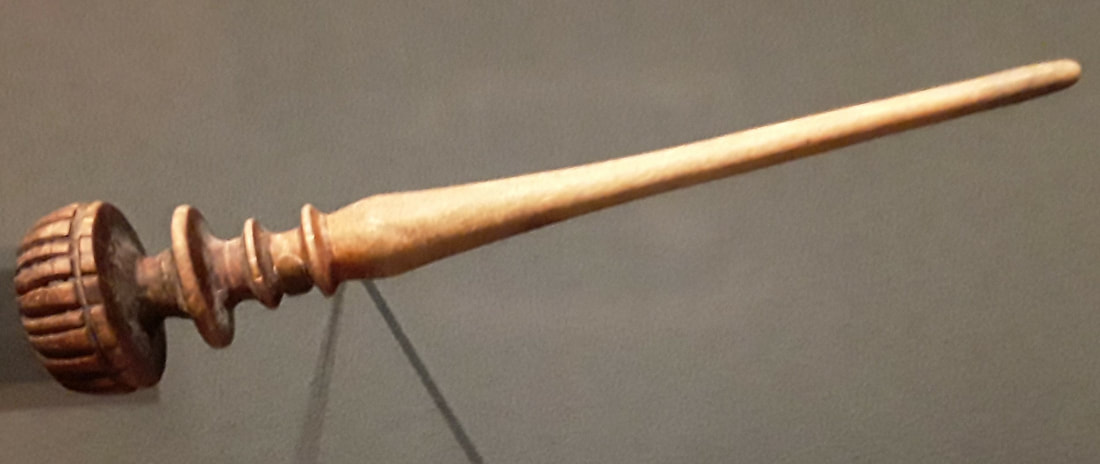
Black Jack was born on January 19,1947 and purchased by the US Army Quartermaster on November 22, 1953. Although his breeding wasn’t recorded, he is likely a mix of Morgan and Quarter horse. He was named in honor of John J. “Black Jack” Pershing, the U.S. Army General who led America’s military forces to victory in Europe during World War I. He was the last horse ever to be branded by the Army. He had the Army’s U.S. brand on his left shoulder and his Army serial number, 2V56, on the left side of his neck.
One of the traditional functions of the Army’s Quartermaster Corps was supplying the cavalry with well-trained horses. Fort Reno in Oklahoma was where most horses were trained, and it was where Black Jack went after being purchased. The feisty, spirited animal made it clear from the start that he did not like to carry riders. He threw rider after rider into the dirt of the training corral. Although his handlers did manage to control him somewhat, he never lost his fiery spirit, which made him a favorite at Fort Reno.
Black Jack was so beautiful that the Army decided not to part with him. Coal black, and with a small white star, the handsome horse was 15.1 hands tall and weighed almost 1,200 pounds. He was well built with a beautiful head. The Army transferred him to Virginia’s Fort Myer, where he was attached to the 3rd U.S. Infantry Regiment, known as “The Old Guard”. The Old Guard is the Army’s oldest active duty infantry regiment, dating back to 1784. The horses and soldiers that make up The Old Guard participate in an average of six funerals per day.
Instead of pulling a funeral caisson, Black Jack served as the Caparisoned, or riderless, horse that followed the caisson. The caparisoned horse represents the soldier who will no longer ride in the brigade. He wears the cavalry saddle, with a sword and a pair of boots reversed, or facing backwards, in the stirrups.
Riderless horses have been a part of military funerals since Ghengis Khan’s time. Then, the horses were sacrificed so that their spirits could travel with its master to the afterlife. While they are no longer sacrificed, riderless horses represent the bond between horse and rider on the soldier’s final journey. The backward boots in his stirrups suggest that the warrior is having one last look back at his life. In the United States, caparisoned horses participate in funerals for people who have achieved the rank of colonel in the Army or Marines or above.
Black Jack was the riderless black horse in the funerals of three presidents: Herbert Hoover, John F. Kennedy and Lyndon Johnson He also served in the funeral of Douglas MacArthur and more than a thousand others. Black Jack retired on June 1, 1973 and died after 29 years of military service on Feb. 6, 1976. He was buried on the parade grounds of Fort Myer with full military honors and his remains were transported using the same caisson he’d walked behind during the funerals of three American presidents.
The only other horse honored with a military funeral was Comanche, the only surviving horse of Custer’s last stand.
After Black Jack retired, “Sgt.York” carried on this tradition. He served as the riderless horse in President Reagan’s funeral procession, walking behind the caisson bearing Reagan’s flag-draped casket.
